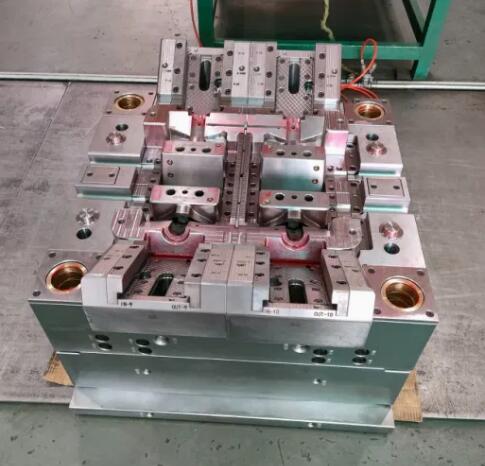Injection Molding Challenges: Identifying and Solving Common Issues
2024-09-07
Injection molding is a critical process for producing complex plastic components efficiently and accurately. However, the process isn't without its challenges. From material flow issues to surface imperfections, various defects can arise during production. Let’s explore some of the most common injection molding challenges and discuss how manufacturers can overcome them.
1. Flow Lines
Description: Flow lines are streaks, patterns, or lines visible on the surface of molded parts, often caused by varying speeds at which the molten plastic flows into the mold.
Causes:
- Low injection speed or pressure.
- Changes in material temperature during flow.
- Mold temperature variations.
Solutions:
- Increase the injection speed and pressure to allow the material to fill the mold uniformly.
- Ensure that the material temperature remains consistent throughout the process.
- Balance the mold temperature to minimize variations across the part.
2. Jetting
Description: Jetting occurs when the molten plastic enters the mold too quickly, creating a “snake-like” flow pattern that leads to surface imperfections.
Causes:
- High injection speed.
- Incorrect gate positioning.
- Improper mold design.
Solutions:
- Reduce injection speed to allow a more controlled material flow.
- Adjust the gate location to direct material more evenly into the mold cavity.
- Re-design the mold with smoother transitions and rounded edges to prevent jetting.
3. Blistering
Description: Blisters are raised defects or bubbles on the surface of the molded part, caused by trapped gas or air in the mold.
Causes:
- Moisture in the raw materials.
- Air trapped inside the mold.
- High mold temperature or excessive heat at specific areas.
Solutions:
- Dry raw materials before processing to remove moisture.
- Use proper venting and mold design to release trapped air.
- Optimize mold temperature settings and avoid overheating sensitive areas.
4. Weld Lines
Description: Weld lines are weak spots that occur where two flows of molten material meet and fail to properly bond. This defect is visible as a thin line or crack on the part’s surface.
Causes:
- Low injection temperature.
- Poor material flow due to design issues.
- Slow injection speed.
Solutions:
- Increase the material temperature to allow better bonding at weld points.
- Optimize the mold design to facilitate proper flow without obstructions.
- Increase the injection speed to improve the fusion of material at junction points.
5. Voids
Description: Voids are internal cavities or hollow spaces within the molded part, typically caused by improper material distribution or trapped air pockets.
Causes:
- Inconsistent packing pressure.
- Trapped air inside the mold.
- Low material density.
Solutions:
- Increase packing pressure to ensure even material distribution.
- Ensure proper venting to release trapped air during molding.
- Use high-density material to minimize void formation.
Additional Tips to Address Common Challenges
- Mold Maintenance: Regular inspection and maintenance of molds are essential to prevent wear and misalignment, which are common causes of defects.
- Process Monitoring: Employing advanced monitoring systems helps in real-time adjustment of pressure, temperature, and material flow to avoid defects before they occur.
- Material Selection: Choosing the right material based on the part's design and performance requirements reduces the risk of defects like blistering and voids.
Conclusion
Injection molding defects can disrupt production and lead to increased costs. By understanding the common causes of flow lines, jetting, blisters, weld lines, and voids, manufacturers can fine-tune their processes to eliminate these challenges. Implementing a proactive approach to mold design, material management, and process optimization ensures high-quality injection-molded parts.



